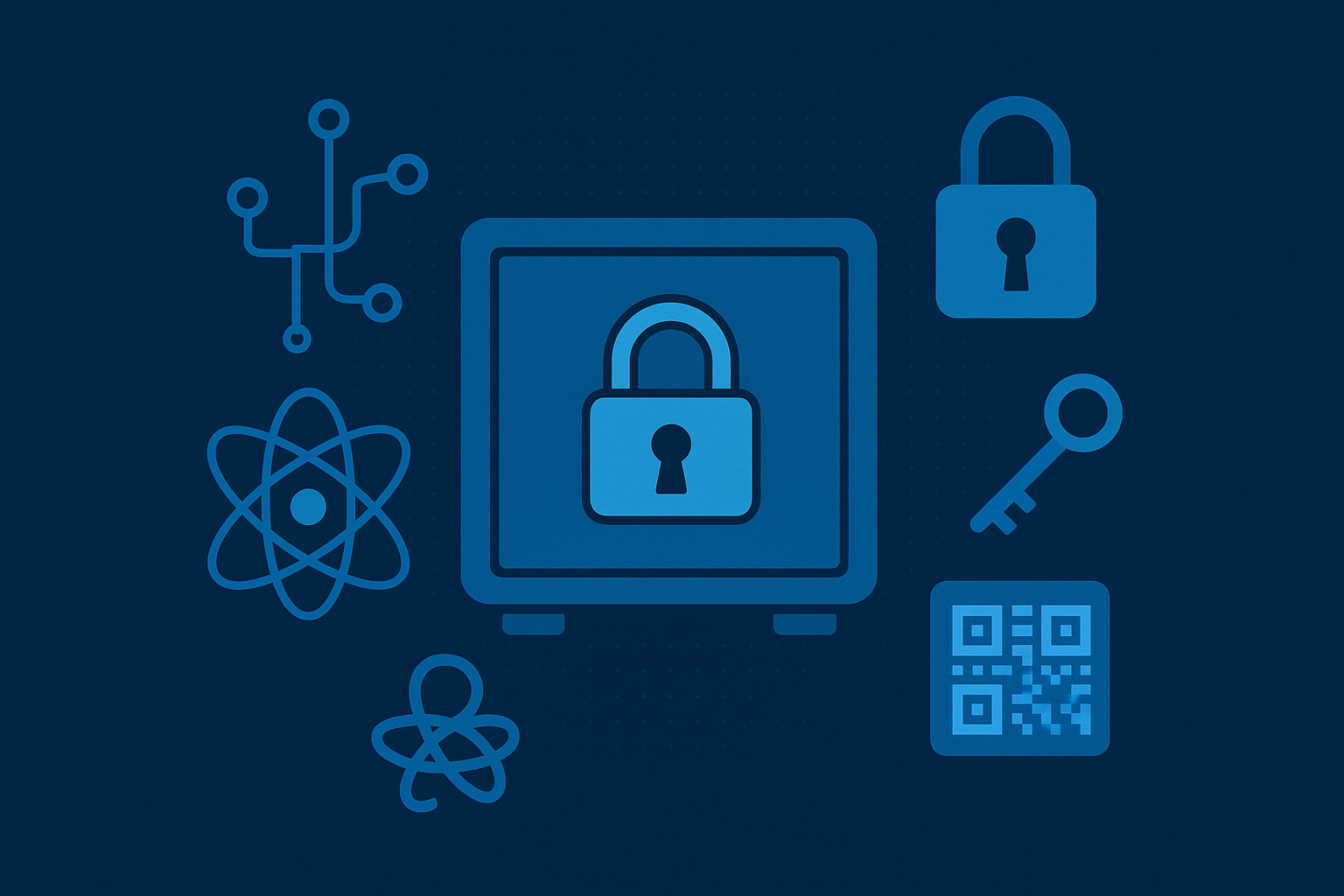
Introduction
Quantum computing is no longer just a futuristic theory but a tangible reality. With the advent of quantum computers, many of the cryptographic methods we use today to protect our sensitive information will be compromised. Quantum computing has the ability to break traditional cryptography, such as RSA or ECC, which protects our personal and financial information.
This is where the concept of post-quantum encryption comes in. This type of cryptography is designed to be resistant to attacks from quantum computers, ensuring that our digital communications remain secure as technology advances. In this article, we'll explore what post-quantum encryption is, how it will work in the future, and why organizations should start preparing for this new era of cybersecurity.
Table of Contents
What is post-quantum encryption?
Definition:
Post-quantum encryption refers to cryptographic algorithms designed to be secure against attacks by quantum computers. Quantum algorithms can undo the security of traditional encryption methods, but post-quantum algorithms are built to resist those capabilities.
Why it is necessary:
Quantum computing promises to revolutionize the way we process data, but it also introduces significant risks to data security. Attacks based on quantum algorithms, such as Shor's algorithm, could break conventional cryptography, which relies on the difficulty of mathematical problems such as factoring large numbers.
Example:
If a traditional encryption system (such as RSA) is used in banking communications, a future quantum computer could quickly decrypt that communication, exposing sensitive data such as credit card numbers.
How does post-quantum encryption work?
Rationale:
Post-quantum encryption algorithms are based on mathematical problems that quantum computers cannot solve quickly. For example, some are based on lattices or encoding codes that are difficult for even a quantum computer to solve.
Popular algorithms:
Lattice-based cryptography: This technique is based on algebra problems related to geometric networks of points, and is resistant to both classical and quantum attacks.
Code-based cryptography: It uses error-correcting codes that are very difficult to break by quantum computers.
Multivariate polynomial cryptography: Based on multivariable polynomial equations, it is another promising approach to secure communications in a quantum world.
Example:
An algorithm such as Kyber (based on lattices) is being considered to be one of the new standards in post-quantum cryptography.
The challenges of post-quantum encryption
Performance:
Post-quantum algorithms require more computational resources than traditional algorithms, which can affect the speed and efficiency of systems.
Compatibility:
The transition to post-quantum encryption requires digital infrastructures to be upgraded, which can be costly and complex for many companies and governments.
Standards still under development:
Although NIST (National Institute of Standards and Technology) is working on the creation of a post-quantum cryptography standard, many of the algorithms are still in the evaluation phase.
Example:
Organizations such as Google and Microsoft are exploring how to incorporate post-quantum algorithms into their security systems to stay ahead of the advent of quantum computing.
How to prepare for post-quantum encryption?
Risk assessment:
Enterprises should begin to assess the vulnerability of their current systems to quantum attacks and plan a strategy for transitioning to post-quantum cryptography.
Adoption of post-quantum standards:
It is recommended that organizations start testing and adopting post-quantum algorithms in their infrastructures, even before they are fully needed, to ensure future compatibility.
Infrastructure upgrade:
As post-quantum encryption standards become norms, enterprises must be prepared to quickly implement these new methods without impacting their security or performance.
Example:
Technology companies such as Amazon Web Services (AWS) and IBM are already researching and developing post-quantum encryption solutions for their corporate customers.
The future of post-quantum encryption
Constant development:
As quantum computing advances, post-quantum cryptography will continue to evolve. New algorithms will need to be tested and standardized to ensure that they are secure in the long term.
Large-scale adoption:
As quantum attacks become more accessible, the adoption of post-quantum encryption will become imperative to ensure the digital security of governments, businesses and users worldwide.
Example:
As quantum computers advance, online banking, e-commerce and digital health systems will need to quickly adopt these new methods of data protection.
Are you ready for the future of quantum computing and digital security? ClickPanda offers advanced cybersecurity solutions to protect your data in a quantum world. Start planning the transition to post-quantum encryption.
Conclusion
Post-quantum encryption is the solution of the future to ensure data security in the face of quantum computing. While the shift to this new era of cryptography will bring challenges, it is essential that organizations start preparing now to protect their digital assets and ensure long-term privacy and security. ClickPanda is here to help you safely transition to post-quantum security.
Companies like Google and Microsoft are leading the charge in adopting post-quantum algorithms, preparing for future security standards. If you want to learn more about how new AI threats are affecting security, we invite you to read our article 'Security in 5G and edge computing'








